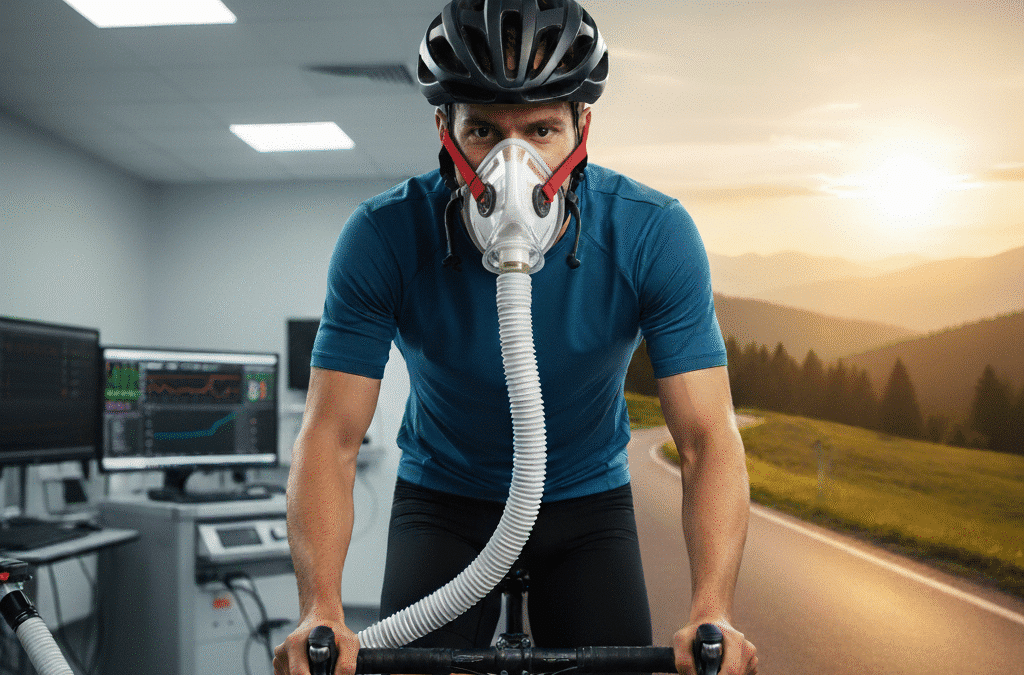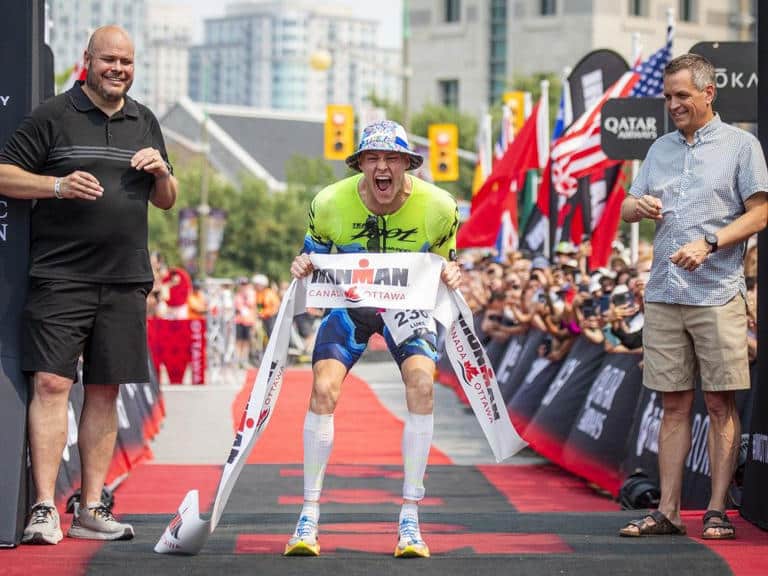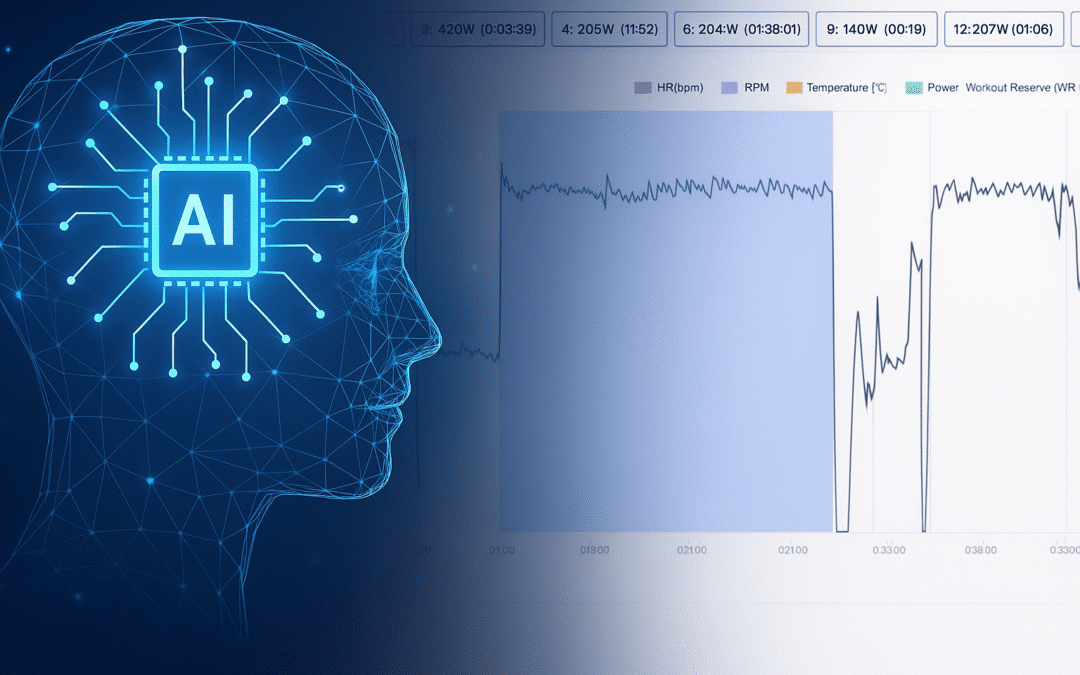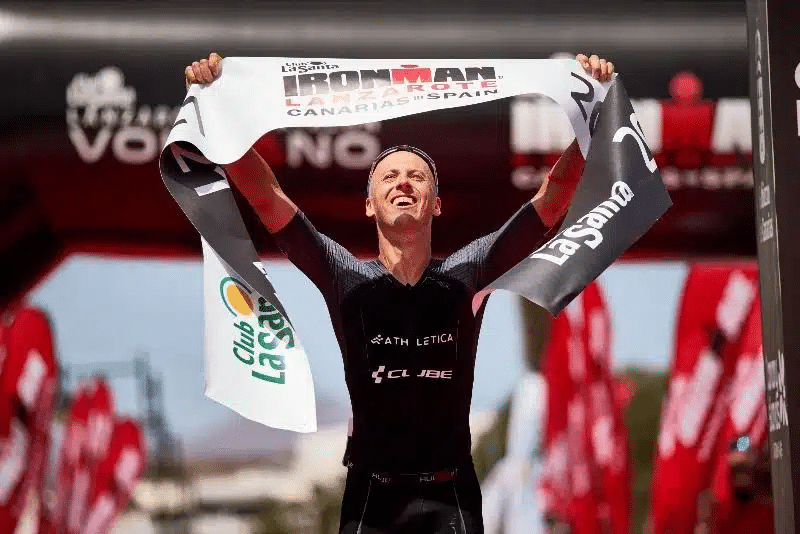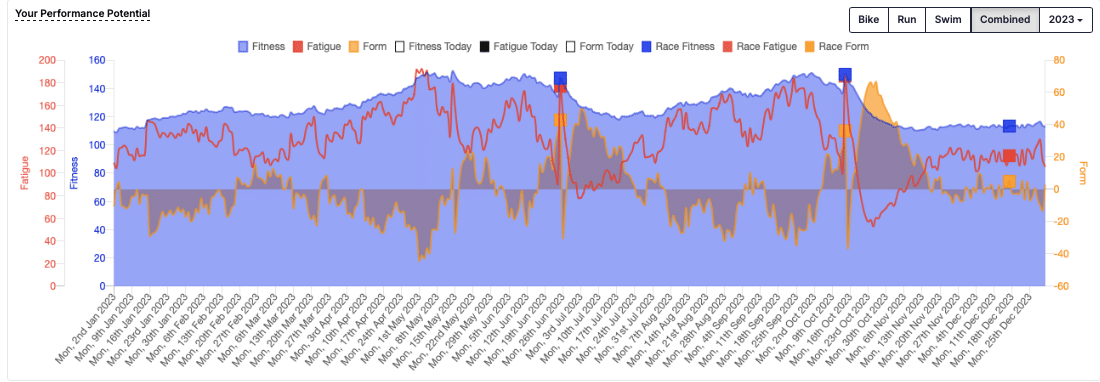
Illustration how a large aerobic base can enable an athlete to show up to training day-after-day without injuries or illness.
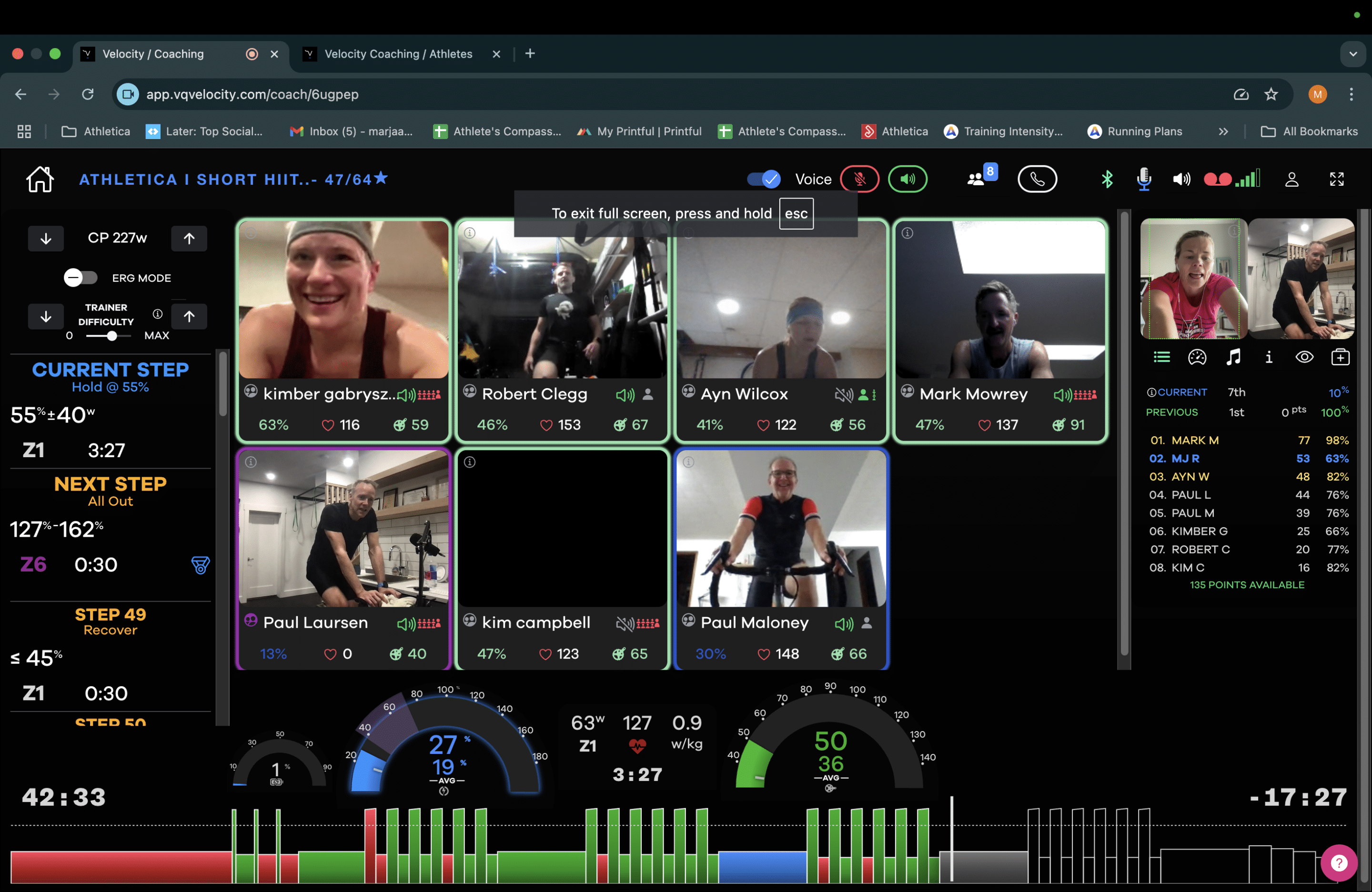
Join our Live HIIT sessions with other Athletica athletes on our Velocity platform and maximize your potential.
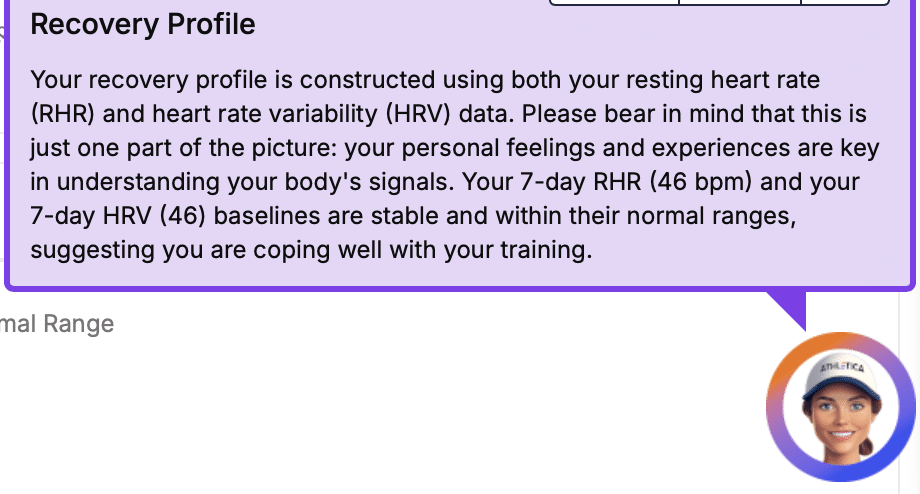
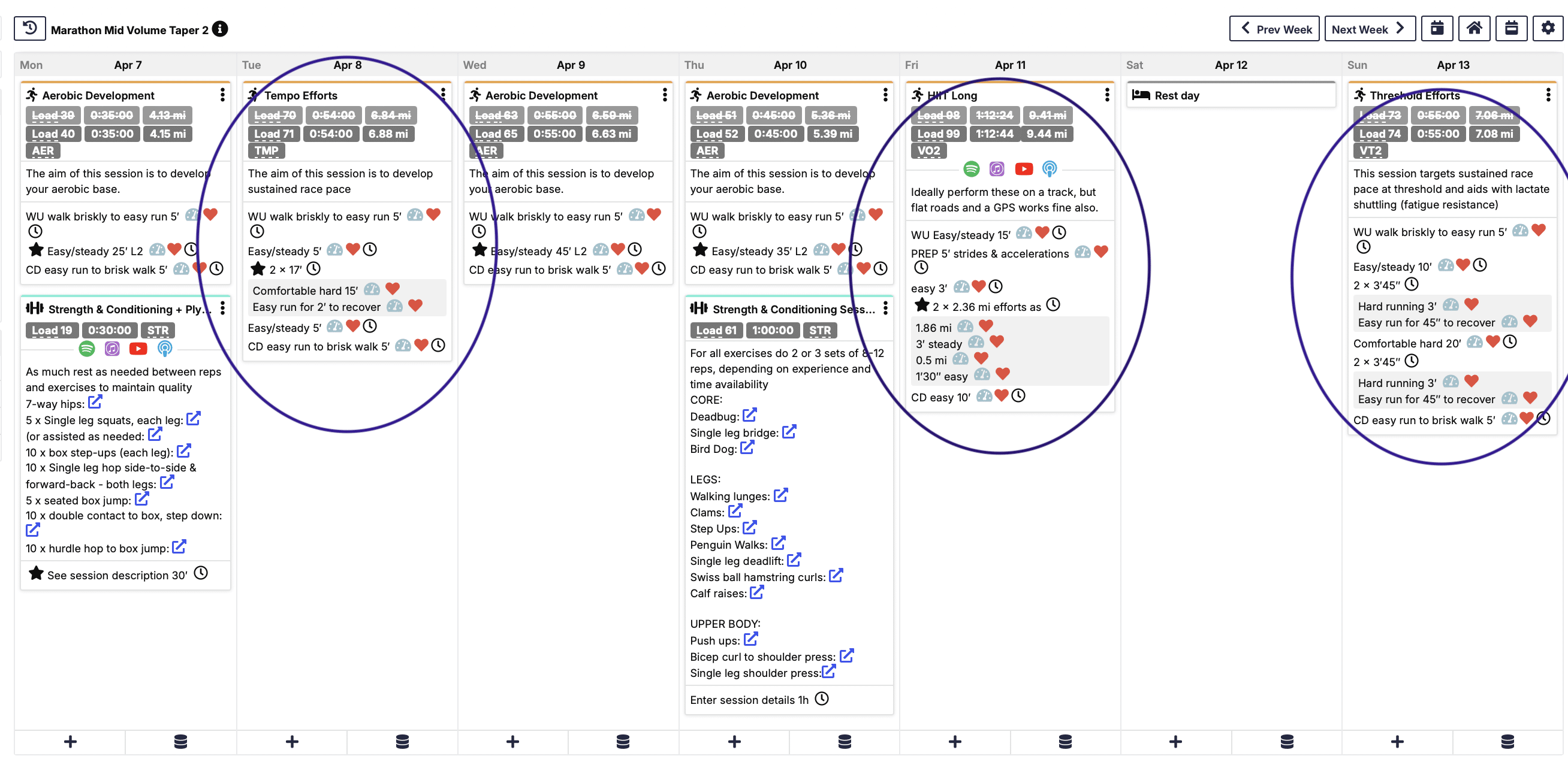
Frequently Asked Questions about VO2max
- How is VO2max Measured?
VO2max is typically measured through a maximal exercise test in a lab, where oxygen consumption is analyzed while you run or cycle at increasing intensities. It’s calculated using the Fick equation:
VO2max = Cardiac Output x (Arterial-Venous Oxygen Difference)
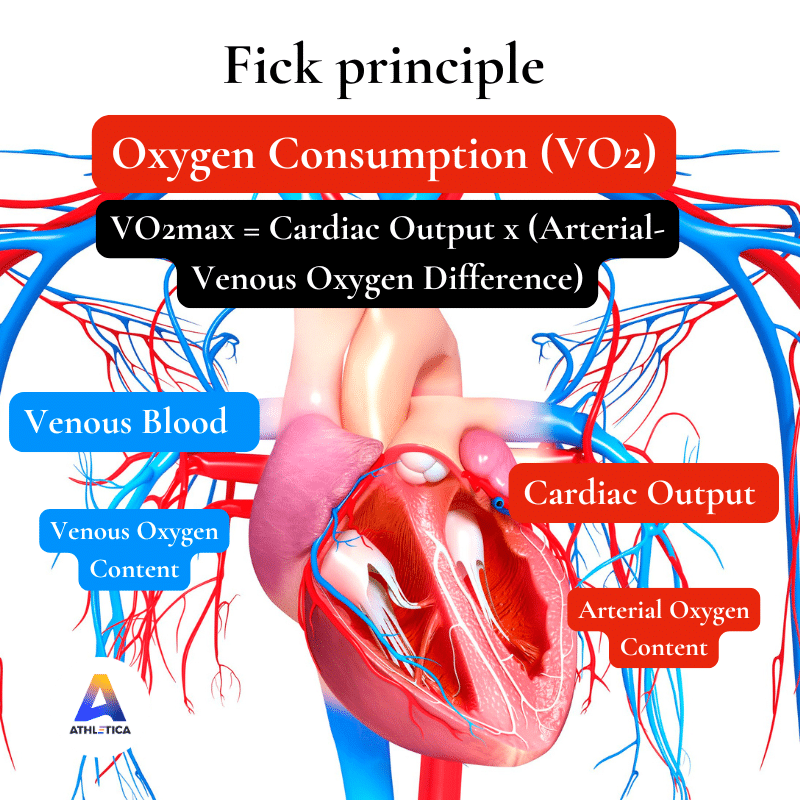
This equation highlights the key physiological systems that influence VO2max:
Pulmonary System (Lungs) – The ability to breathe in oxygen and diffuse it into the bloodstream.
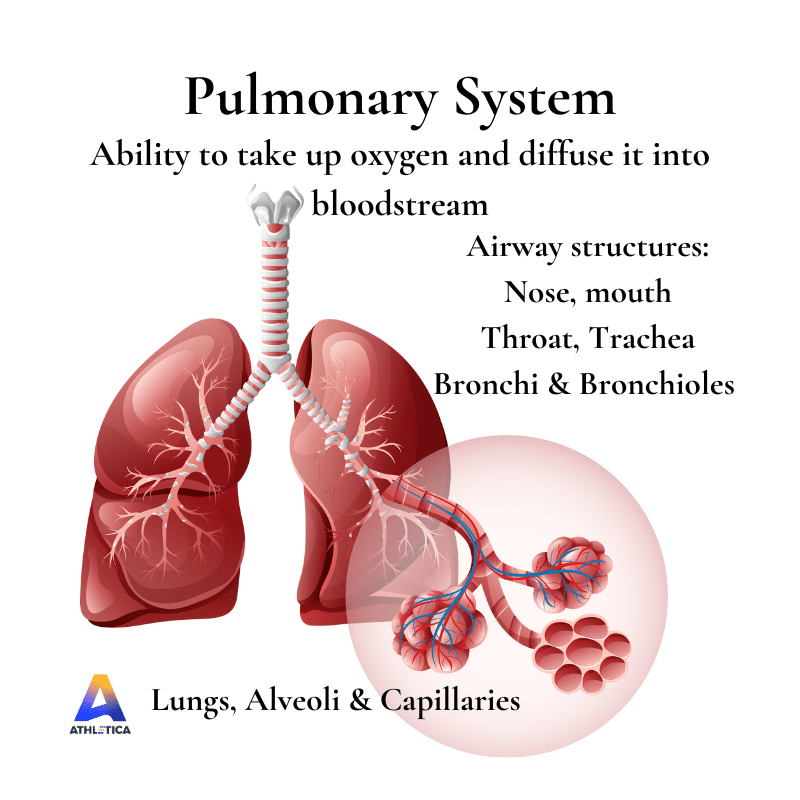
Cardiovascular System (Heart & Blood Vessels) – How effectively the heart pumps oxygenated blood to working muscles.
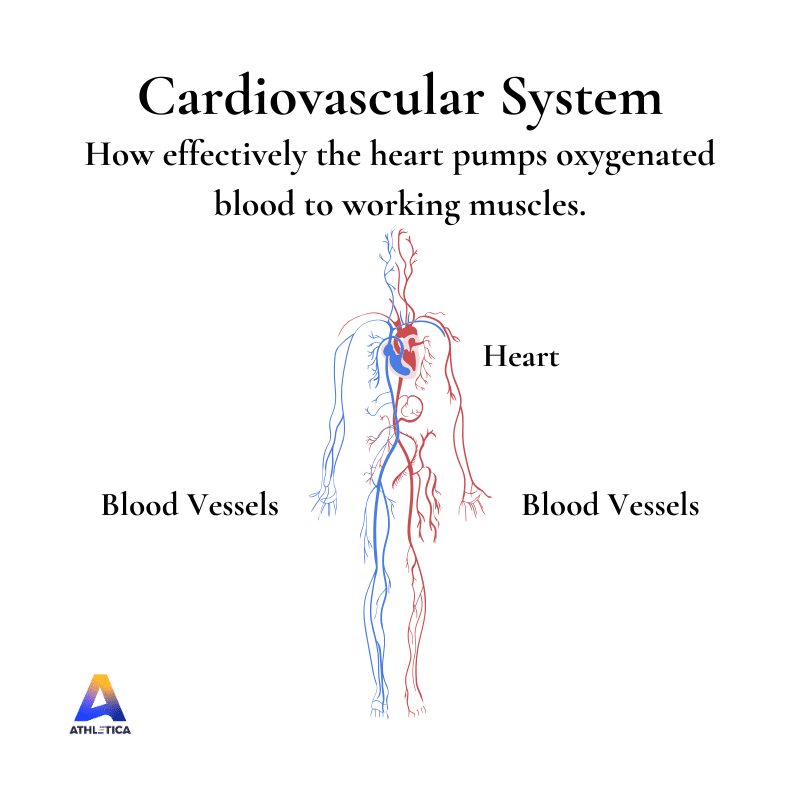
Blood Oxygen Carrying Capacity – The amount of hemoglobin available to transport oxygen.
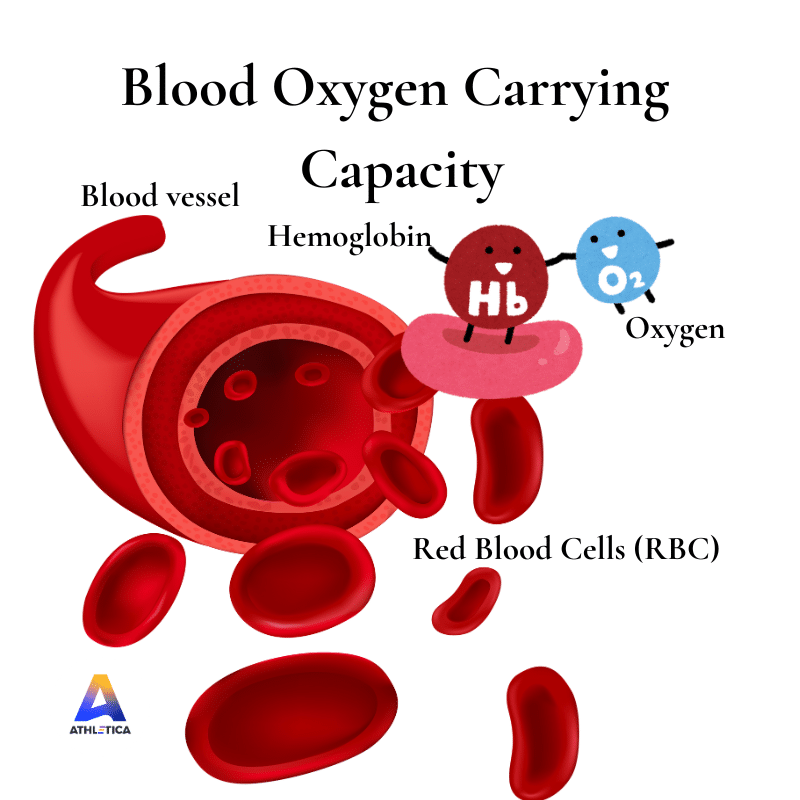
Muscle Oxygen Extraction & Utilization (Mitochondria) – How well your muscles extract and use oxygen for energy production.
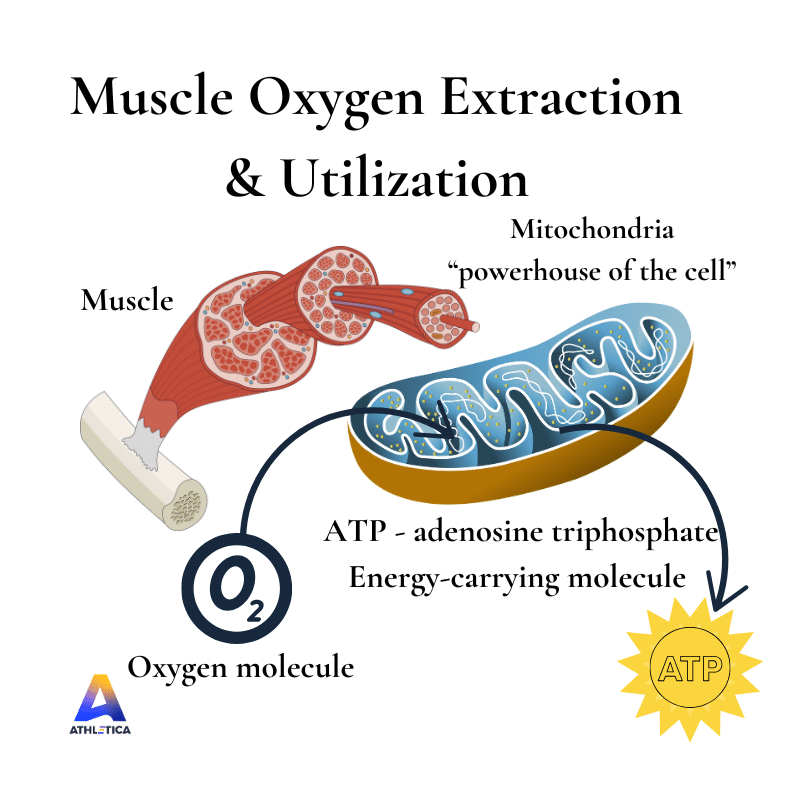
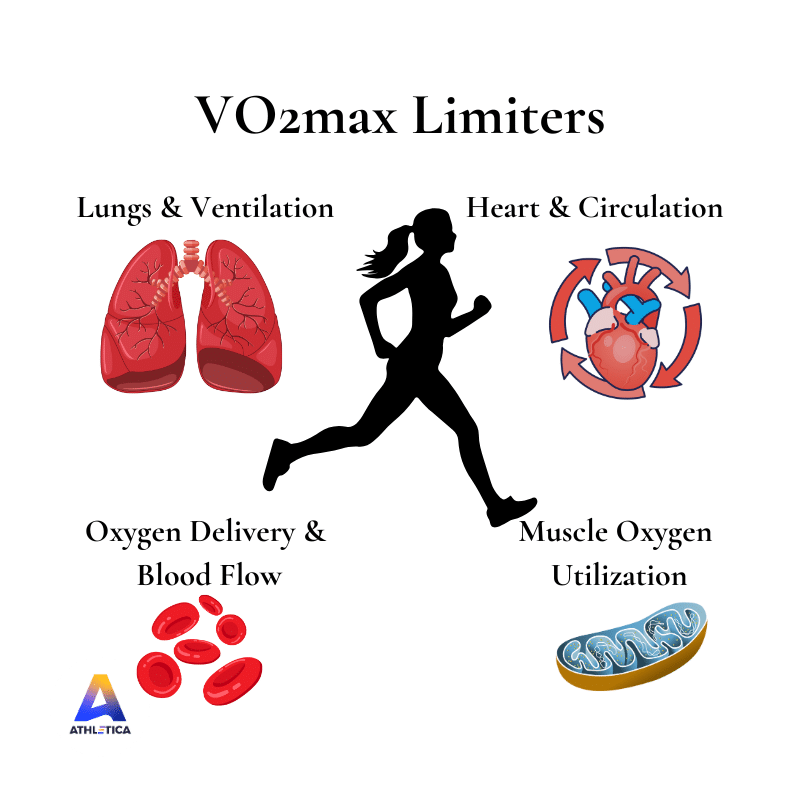
- How to Improve VO2max?
The good news? VO2max is highly trainable. Here’s how everyday athletes can enhance their oxygen uptake for better health, longevity, and performance:
- Train at a High Percentage of VO2max
Research suggests that training at intensities near your VO2max is the most effective way to improve it. This means incorporating high-intensity interval training (HIIT) or longer sustained efforts at 85-95% of your max heart rate.
Example: 4-6 x 3-5 minutes of work (split either as long or short HIIT intervals) at 90% max effort with equal rest periods. For example 30s Work / 30s Rest.
- Build a Strong Aerobic Base
Polarized training—balancing high-intensity workouts with a strong foundation of low-intensity work—helps sustain long-term VO2max improvements. Lower-intensity exercise (like Zone 1/2 training) improves oxygen delivery and utilization at the muscle level.
Example: 3-5 hours per week of Zone 1/2 training (easy running, cycling, swimming, or walking).
- Increase Cardiac Output
Your heart is a muscle, and just like any other, it adapts to training. Longer, steady-state endurance sessions enhance stroke volume, helping your heart pump more blood per beat.
Example: 60-90-minute endurance sessions at a comfortable pace.
- Optimize Breathing Efficiency
Breathing mechanics play a role in VO2max. Respiratory muscle training and proper ventilation strategies can improve oxygen intake.
Example: Diaphragmatic breathing exercises or inspiratory muscle training (IMT) using devices like PowerBreathe.
- Enhance Oxygen Utilization at the Muscle Level
Mitochondrial density and capillary networks improve with endurance training. Sprint Interval Training (SIT, hill sprints, and resistance training can also enhance these adaptations.
Example: Short all-out sprints (e.g., 4 x 30s max sprints with full recovery) and strength training for endurance athletes.
- Leverage Altitude or Heat Training
Both altitude and heat training can stimulate physiological adaptations that enhance VO2max by improving red blood cell production and thermoregulation.
Example: Heat acclimation sessions or intermittent altitude exposure (via altitude tents or training camps).
- Prioritize Recovery and Avoid Overtraining
Too much high-intensity training without adequate recovery can blunt VO2max gains. Monitoring heart rate variability (HRV), resting heart rate, and subjective fatigue can help prevent overtraining.
Example: Ensure easy recovery days and proper nutrition to sustain adaptations.
References
Buchheit, M., & Laursen, P. B. (2013a). High-intensity interval training, solutions to the programming puzzle: Part I: Cardiopulmonary emphasis. Sports Medicine, 43(5), 313–338. https://doi.org/10.1007/s40279-013-0029-x
Buchheit, M., & Laursen, P. B. (2013b). High-intensity interval training, solutions to the programming puzzle: Part II: Anaerobic energy, neuromuscular load and practical applications. Sports Medicine, 43(10), 927–954. https://doi.org/10.1007/s40279-013-0066-5
Esfarjani, F., & Laursen, P. B. (2007). Manipulating high-intensity interval training: Effects on VO₂max, the lactate threshold, and 3000 m running performance in moderately trained males. Journal of Science and Medicine in Sport, 10(1), 27–35. https://doi.org/10.1016/j.jsams.2006.05.014
Hetlelid, K. J., Plews, D. J., Herold, E., Laursen, P. B., & Seiler, S. (2015). Rethinking the role of fat oxidation: Substrate utilisation during high-intensity interval training in well-trained and recreationally trained runners. BMJ Open Sport & Exercise Medicine, 1(1), e000047. https://doi.org/10.1136/bmjsem-2015-000047
Laursen, P. B., Blanchard, M. A., & Jenkins, D. G. (2002). Acute high-intensity interval training improves ventilatory threshold and peak power output in highly trained males. Canadian Journal of Applied Physiology, 27(4), 336–348. https://doi.org/10.1139/h02-019
Laursen, P. B., & Jenkins, D. G. (2002a). Interval training program optimization in highly trained endurance cyclists. Medicine & Science in Sports & Exercise, 34(11), 1801–1807. https://doi.org/10.1097/00005768-200211000-00017
Laursen, P. B., & Jenkins, D. G. (2002b). The scientific basis for high-intensity interval training: Optimising training programmes and maximising performance in highly trained endurance athletes. Sports Medicine, 32(1), 53–73. https://doi.org/10.2165/00007256-200232010-00003
Laursen, P. B., Shing, C. M., & Jenkins, D. G. (2004). Temporal aspects of the VO₂ response at the power output associated with VO₂peak in well-trained cyclists: Implications for interval training prescription. Research Quarterly for Exercise and Sport, 75(4), 423–428. https://doi.org/10.1080/02701367.2004.10609175
Levine, B. D. (2008). VO2max: what do we know, and what do we still need to know? Journal of Physiology, 586(1), 25-34.
Seiler, S., & Tønnessen, E. (2009). Intervals, thresholds, and long slow distance: the role of intensity and duration in endurance training. Sports Science & Coaching, 4(2), 1-14.
Wagner, P. D. (1996). A theoretical analysis of factors determining VO2max at sea level and altitude. Respiration Physiology, 106(3), 329-343.



